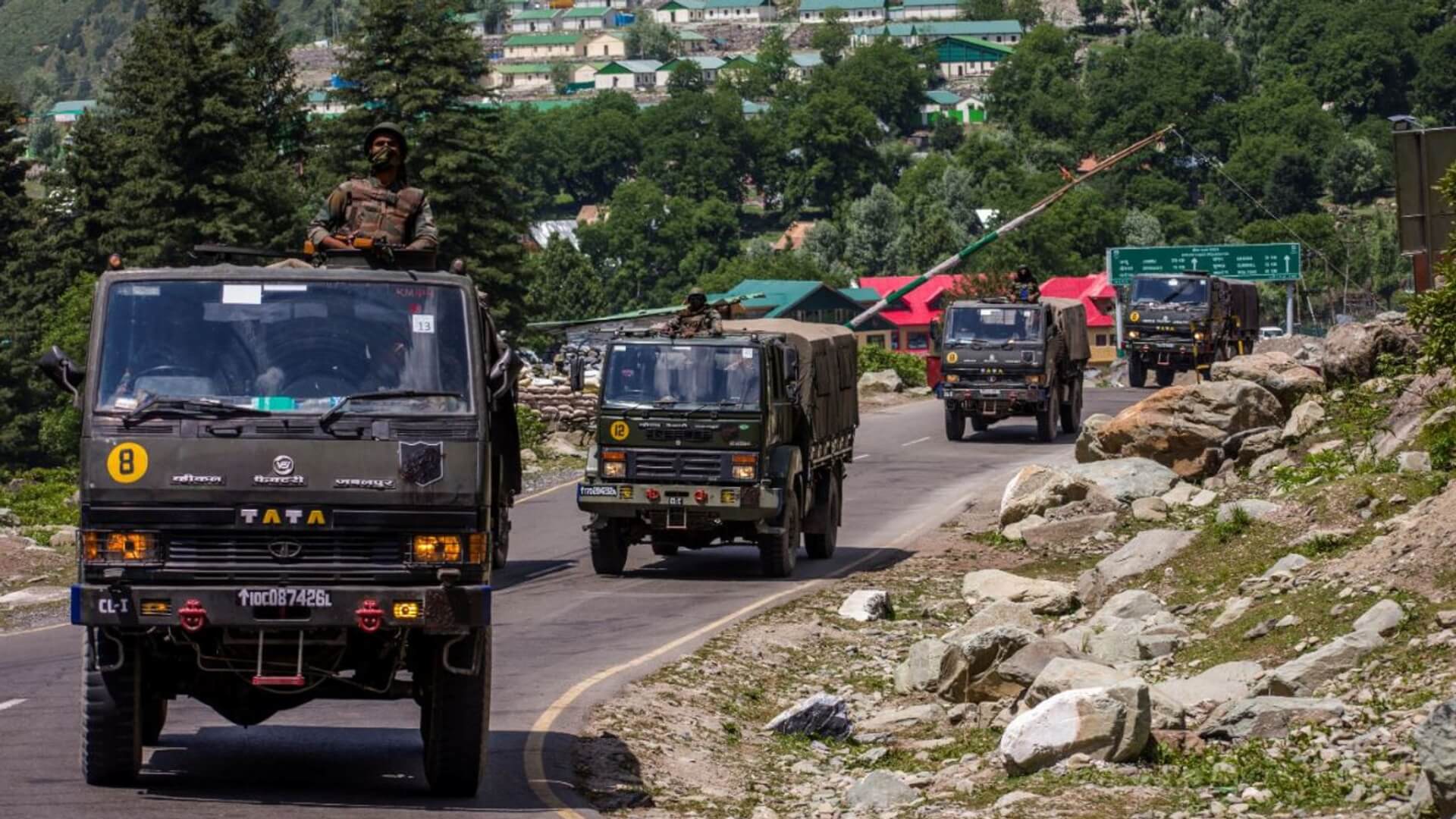India and China have agreed to pull back troops and disengage from their 50-day standoff in all “friction areas” along the Line of Actual Control (LAC) in Eastern Ladakh. The announcement comes just days after a violent brawl between the two sides on June 15 led to the death of 20 Indian soldiers, which heightened tensions between the rival nations.
The agreement was reached after an 11-hour meeting between 14 Corps commander Lt-Gen Harinder Singh and South Xinjiang Military District Chief Major General Liu Lin, who met at Moldo, on the Chinese side of the LAC on Monday.
Also read: India-China Border Clash Turns Violent, 20 Indian Soldiers Killed
The two countries are locked in a face-off at four locations. Three of these are in Galwan, and one is at Pangong Tso. The step-by-step disengagement will first take place in the Galwan region and Gogra-Hot Springs area. Experts claim that the process in these locations is likely to be less complicated, given that the alignment of the LAC is not disputed there. However, the recent skirmish in the Galwan Valley has increased mistrust between the nations, which will make disengagement a long and arduous operation, given that a comprehensive verification at every stage of the process will be required to confirm PLA’s retreat.
Disengagement at the main standoff site at Pangong Tso still remains a point of concern, and will be the most challenging part of the exercise. The lake’s northern bank branches out just like a palm, and the various protrusions are identified as ‘fingers’ to delineate boundaries. According to India, the LAC begins at Finger 8, while China asserts that it starts at Finger 2, which India currently claims. Since early May, Chinese troops have blocked Indian patrols going west to east beyond Finger 4 by occupying the area until Finger 8.
Also read: India-China Military Commanders Continue Dialogue in Eastern Ladakh
The two sides are now expected to work out the exact modalities to disengage troops on the ground, and withdraw their heavy military artillery and armored vehicles from the “depth or rear areas” of the confrontation sites along the 3,488 km LAC. India has said that it will closely monitor the withdrawal through drones and surveillance aircraft.
Army chief General Manoj Mukund Naravane arrived in Leh on Tuesday for a two-day visit focused on conducting a security review of the sensitive sector. Last week, Air Chief Marshal RKS Bhadauria also visited Ladakh to evaluate the Indian Air Force’s preparedness in the area.
India-China Border Dispute Coverage:
- India-China Skirmishes in Sikkim and Ladakh Leave Several Soldiers Injured
- Indian Army Chief Addresses Simmering Tensions with Nepal, China, and Pakistan
- Multiple Chinese Army Incursions Reported Along LAC, Indian Army Chief Takes Stock
- PM Modi Meets With Top Military Brass to Discuss Escalating Indo-China Border Tensions
- Donald Trump Offers to “Mediate” India-China Border Dispute
- Modi and Morrison Deepen India and Australia’s Strategic, Diplomatic, and Economic Ties
- PLA Keeps Up Pressure on LAC Amid Border Tensions with India
- India, China Increase Military Presence Along LAC
- India and China Pull Back Troops From Three Key Areas in Eastern Ladakh
Image Source: Sky News

